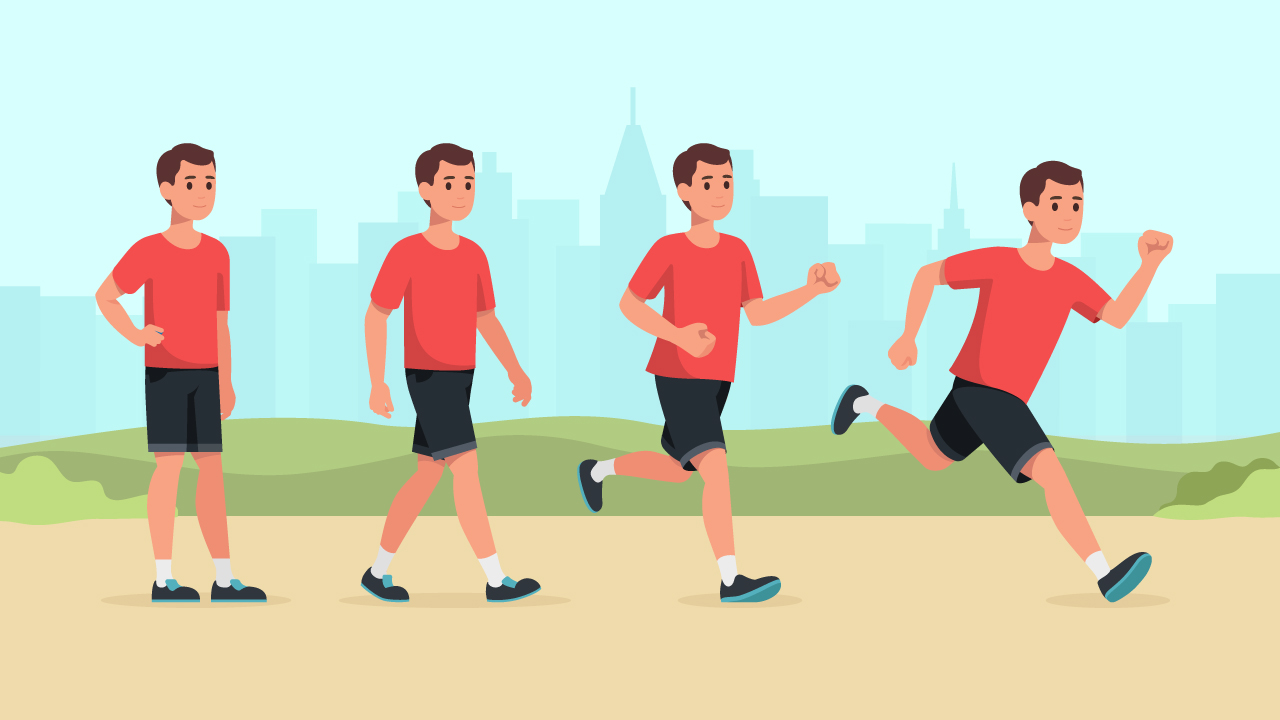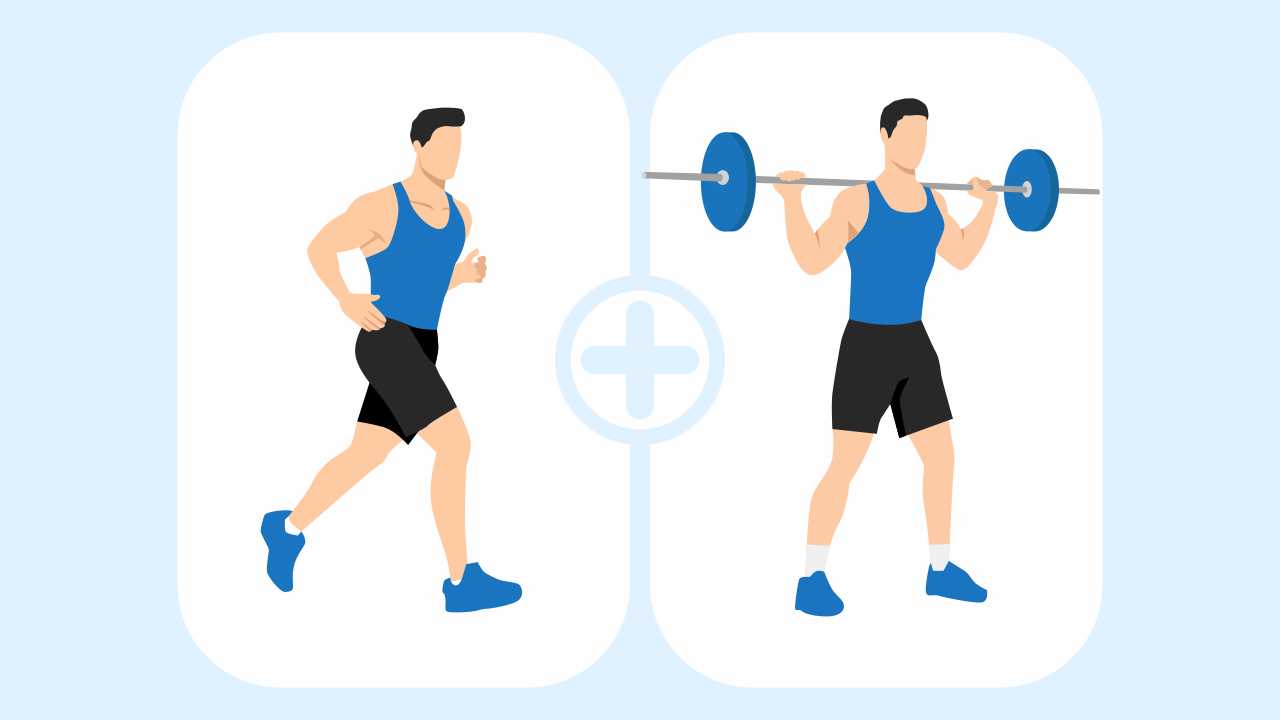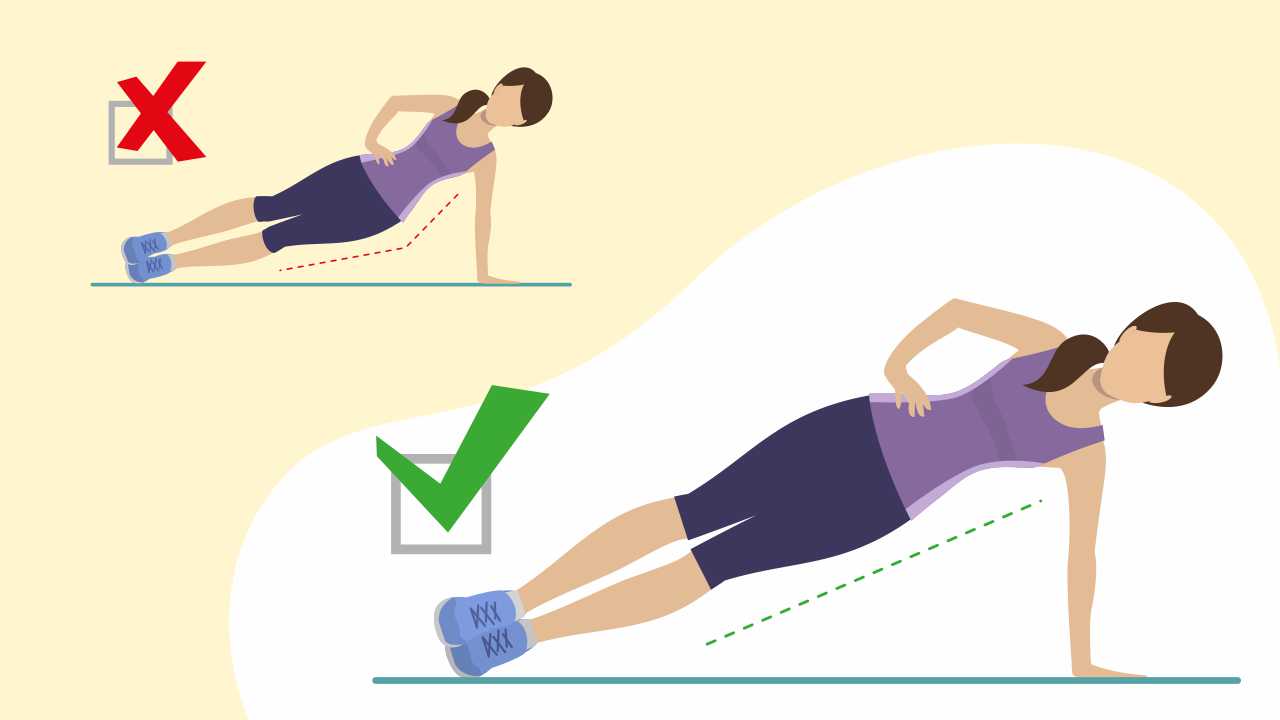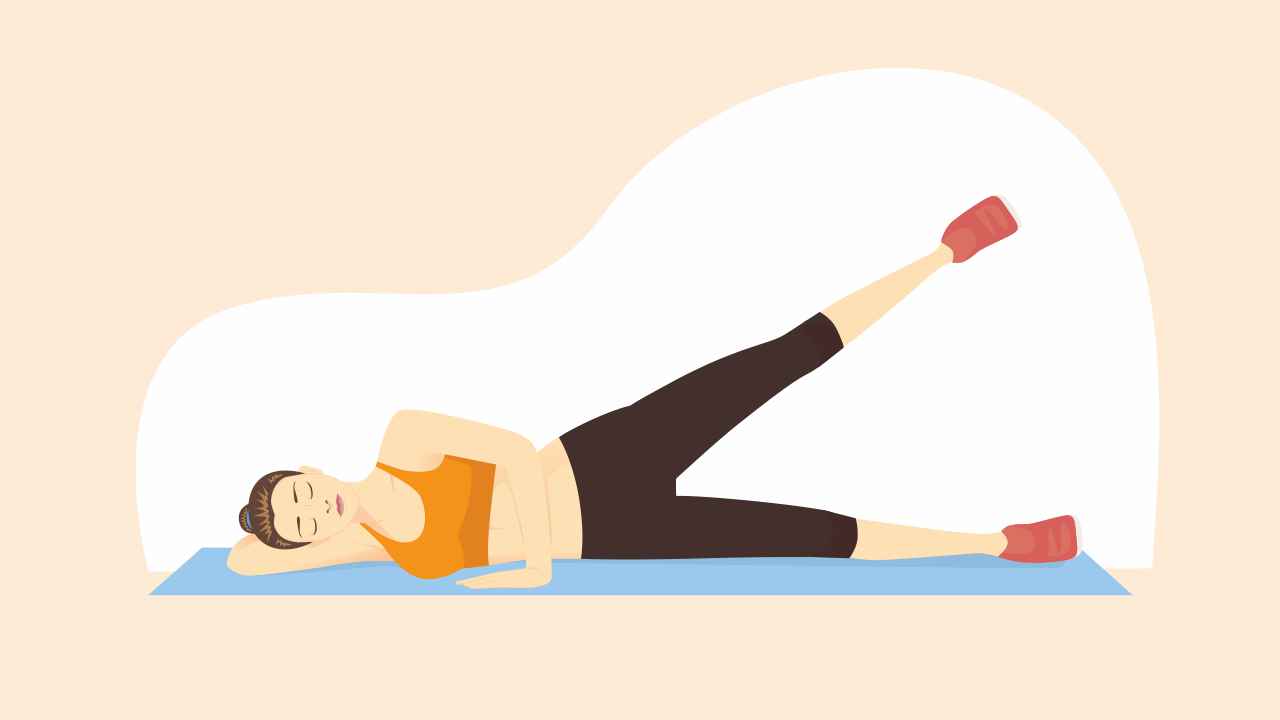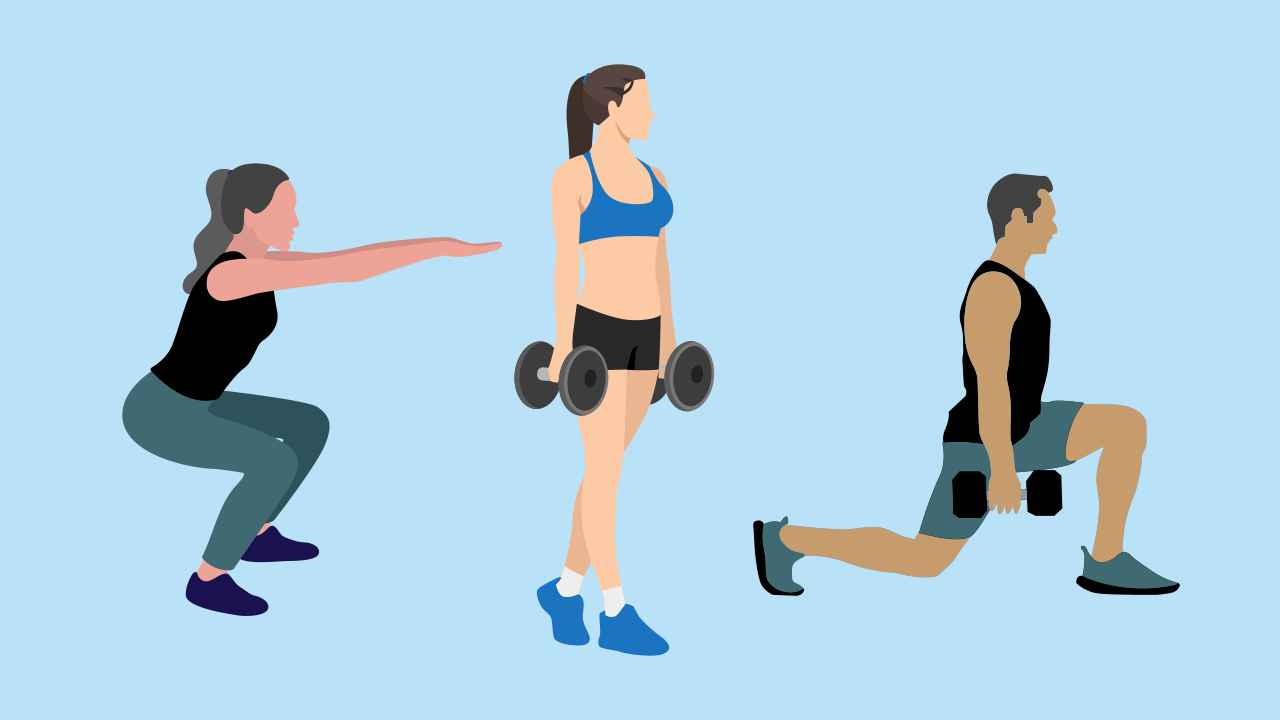
What Happens to Your Body When You Exercise?

It is common knowledge that exercising brings innumerable benefits to the table. From increasing strength and cardiovascular fitness to improving mental clarity — working out does it all. But do you know how exercise affects your body and brain at various stages? Let’s find out.
Delayed Onset Muscle Soreness (DOMS)
When someone starts exercising, there is usually some degree of muscle soreness associated with it. This is also true for seasoned exercisers, who increase their training load substantially over a relatively short period of time. This muscle soreness is typically attributed to a “thing” called Delayed Onset Muscle Soreness or DOMS.
DOMS is muscle soreness that occurs within 48 hours after a workout. While the exact mechanisms behind DOMS are not yet clear, the general consensus is that during the lengthening portion of a muscle contraction (or eccentric contraction), microscopic damage occurs to the muscle fibers. This causes inflammation and the resulting soreness or tightness.
DOMS is one of the reasons why people stop their exercise routines. It feels uncomfortable and can range from slight muscle soreness to very limited range of motion, or substantial pain when moving the affected body part(s).
Unfortunately, there is not a lot one can or should do for DOMS with respect to reducing the pain. While some people take pain-relievers, this is not recommended as it can delay the healing process. Let DOMS run its course and once the pain/ stiffness subsides (usually 48+ hours after the exercise bout), get back to exercising gradually. Slowly progress your training load, both in terms of intensity and volume.
Muscle growth
When muscles are trained, they become stronger. If the training load is sufficient, they also become larger — this process is called hypertrophy. The increase in muscle size is the result of both contractile and non-contractile elements of muscle tissue. An increase in muscle size is the result of an increase in muscle fiber size, and not an increase in the number of muscle fibers.
Metabolism
It is often noted that an increase in muscle will increase one’s metabolism. This is true and the reason for it is because muscle uses more energy than fat at rest — thus increasing one’s metabolism. This is why strength training is an important aspect of a training program for someone looking to increase their metabolism and lose weight.
Mental changes
Exercise is often recommended as a way to combat anxiety, stress, and depression, or just improve one’s mood. This is because exercise releases serotonin, a neurotransmitter, which plays a role in feelings of happiness.
The term “runner’s high” is often associated with a feeling of euphoria. Though usually used for runners, it can occur with any form of exercise. The endorphins hormones are held responsible for this euphoric feeling. However, it has come to light that the neurotransmitter Anandamide might be the cause of this sensation.
Physical benefits
Some common physiological benefits of exercise are:
- Reduces or minimizes chances of certain lifestyle diseases (like diabetes, some cancers)
- Strengthens heart
- Increases bone density
- Reduces body fat
- Lowers blood pressure
- Improves sleep
How long do you have to wait to see results?
This question is rather hard to answer as:
- It depends on what an individual is looking to achieve, for instance, fat loss, more energy, and so on
- The speed at which results are realized largely depends on the individual
It must be noted that from the minute you start exercising, there are positive changes occurring in the body. However, when most people talk about “changes”, they are referring to noticeable aesthetic changes.
That said, here are some changes that you may experience over a time period, as long as you are adhering to your program in terms of exercise frequency/ duration/ intensity, nutrition, and getting enough rest:
1-2 weeks: Improvement in mood, reduced levels of stress and anxiety
4 weeks: Increased strength and cardiovascular fitness and reduced recovery time between workouts — can do more cardiovascular work with less fatigue, possible fat loss
8 weeks: Same as 4 weeks, but all areas are enhanced
12 weeks: Decreased body fat, increase in muscle mass
Keep in mind
An exercise program only works if you follow it consistently. As we discussed, a lot of people cease working out when they experience muscle soreness. Other common reasons for stopping are when an individual doesn’t see results as fast as they would like, or are bored and don’t enjoy the program.
Tip: As in everything else, it takes time to establish a routine and see the desired results. So, stick to your training program and do it under supervision.
The polar opposite of not exercising enough is doing it too much — which can be just as unproductive. Exercising too much can lead to overtraining, which is characterized by too much training and not enough rest. Overtraining often leads to the cessation of progress as well as illness caused by too much stress on the body in the absence of adequate rest and recovery.
Tip: Follow a progressive program that integrates various types of exercise and enough rest periods. This will greatly minimize the chance of overtraining.


